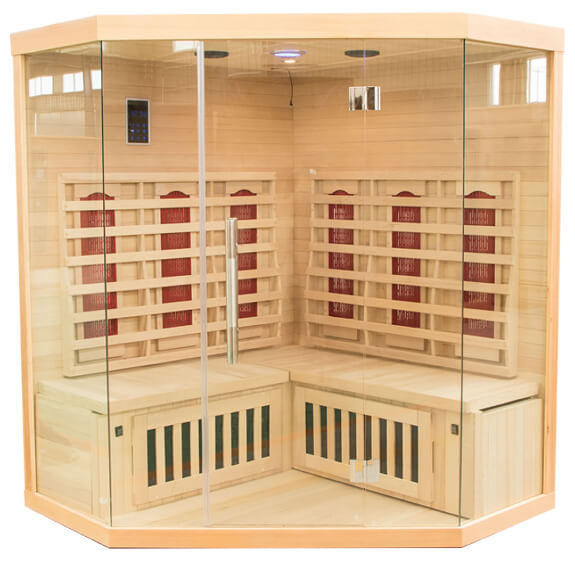
For individuals embarking on the quest for relaxation and detoxification, an infrared sauna can be a substantial investment in health and well-being. Unlike traditional saunas that heat the air around you, infrared saunas use infrared heaters to directly warm your body, allowing for a deep, penetrating heat at a more comfortable ambient temperature. Before you indulge in this luxurious addition to your home or wellness facility, there are several key considerations to navigate through in this market.
With health trends ever-evolving and technology advancing, selecting the right infrared sauna for your New Zealand home no longer just hinges on the price tag. Factors such as the type of infrared technology used, materials and construction quality, size and capacity, as well as health and safety features, all play pivotal roles in determining the ideal sauna to suit your needs. Through informed research and understanding, you can align your choices with the desired health benefits, ensuring a satisfying sauna experience.
Infrared Technology and Heater Types
Infrared saunas come equipped with one of three types of heaters: near-infrared, far-infrared, or full-spectrum infrared. Near-infrared levels are best for wound healing and increased immune function, while far-infrared is most effective for detoxification and relaxation. Full-spectrum saunas provide the complete range of benefits, covering everything near and far-infrared spectra offer.
The quality of the infrared heater is also of significant importance. Carbon heaters are known for their longevity and consistent heat distribution, while ceramic heaters heat up quicker but may not provide as smooth of a heat distribution across the sauna. Some sauna models offer a combination of both, aiming for a balanced infrared experience. It is essential to check the manufacturer’s credibility, reviews, and warranty offered for the heaters, to ensure they are reliable and effective.
Moreover, the positioning of the heaters within the sauna can affect your overall experience. Ideally, there should be heaters surrounding you on all sides, including the backrest, side walls, and beneath the bench, to ensure an even distribution of infrared light and heat. Check for any cold spots that could detract from your sauna session’s efficacy and comfort.
Construction and Materials
The build quality and materials of an infrared sauna deeply impact its safety, durability, and performance. While shopping for luxury saunas, look for those constructed with non-toxic materials. Cedarwood and hemlock are popular choices because they are durable, naturally resistant to moisture, and have a pleasant aroma. Ensure that the wood is responsibly sourced and free from any harmful treatments or glues that could off-gas at high temperatures.
Additionally, the craftsmanship of the sauna should be scrutinized. Good insulation is crucial for maintaining heat efficiency and keeping running costs down. Clear glass should be tempered for safety, and the cabinetry should fit together seamlessly to prevent heat loss.
Investigate the electromagnetic fields (EMFs) emitted by the sauna; low-EMF or even near-zero EMF saunas are preferable for those concerned about potential health risks associated with EMF exposure. It is vital that the sauna meets the safety standards set forth by New Zealand’s regulations, particularly for electrical components.
Size, Capacity, and Features
The size of your infrared sauna should align with your available space and the number of people who will use it regularly. From cozy single-person models to spacious units that can accommodate a group, it is important to strike the right balance between comfort and space utilisation. For some, extras like chromotherapy lights, built-in sound systems, and oxygen ionizers significantly enhance the sauna experience and are worth potential additional costs.
Maintaining the sauna is another aspect to consider. Look for models with removable and easy-to-clean components. Efficient venting systems can help remove any residual moisture after use, preventing any mold growth and maintaining a hygienic environment.
Assess the ease of the sauna’s assembly and whether professional installation is recommended. Some models offer prefabricated panels that snap together, making them easy to set up and even transport if necessary. Finally, consider the energy efficiency of the sauna, including power requirements and operating costs, to ensure that your luxury purchase does not become a financial burden.
Conclusion
Choosing the right infrared sauna is a decision that should be approached with care and due diligence. By understanding the different types of technologies, the importance of quality construction materials, and the features that augment the experience, you can make an educated investment tailored to your preferences and health aspirations.
If any questions or doubts arise while exploring the finer points of infrared sauna products, do not hesitate to contact DP Oceania. Their expertise and commitment to customer service can guide you towards the best-suited infrared sauna for your New Zealand home, ensuring satisfaction and peace of mind with your choice.

